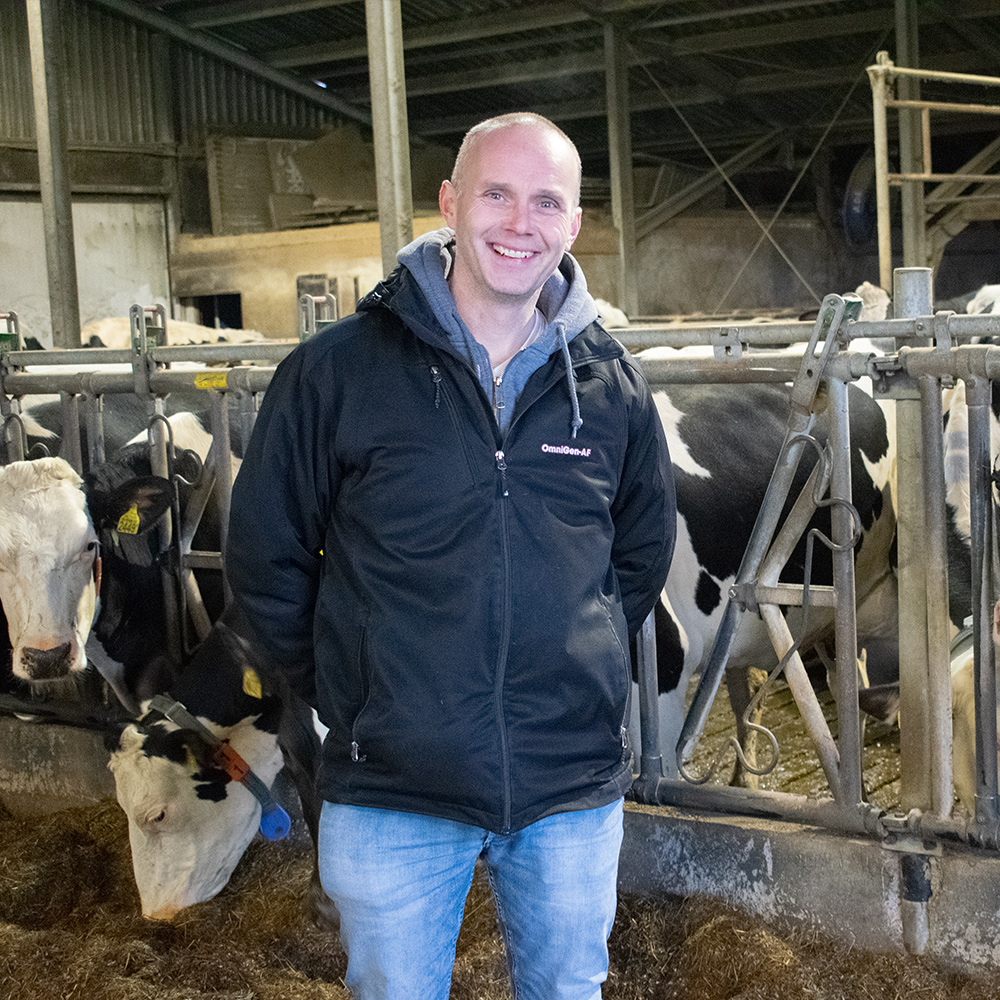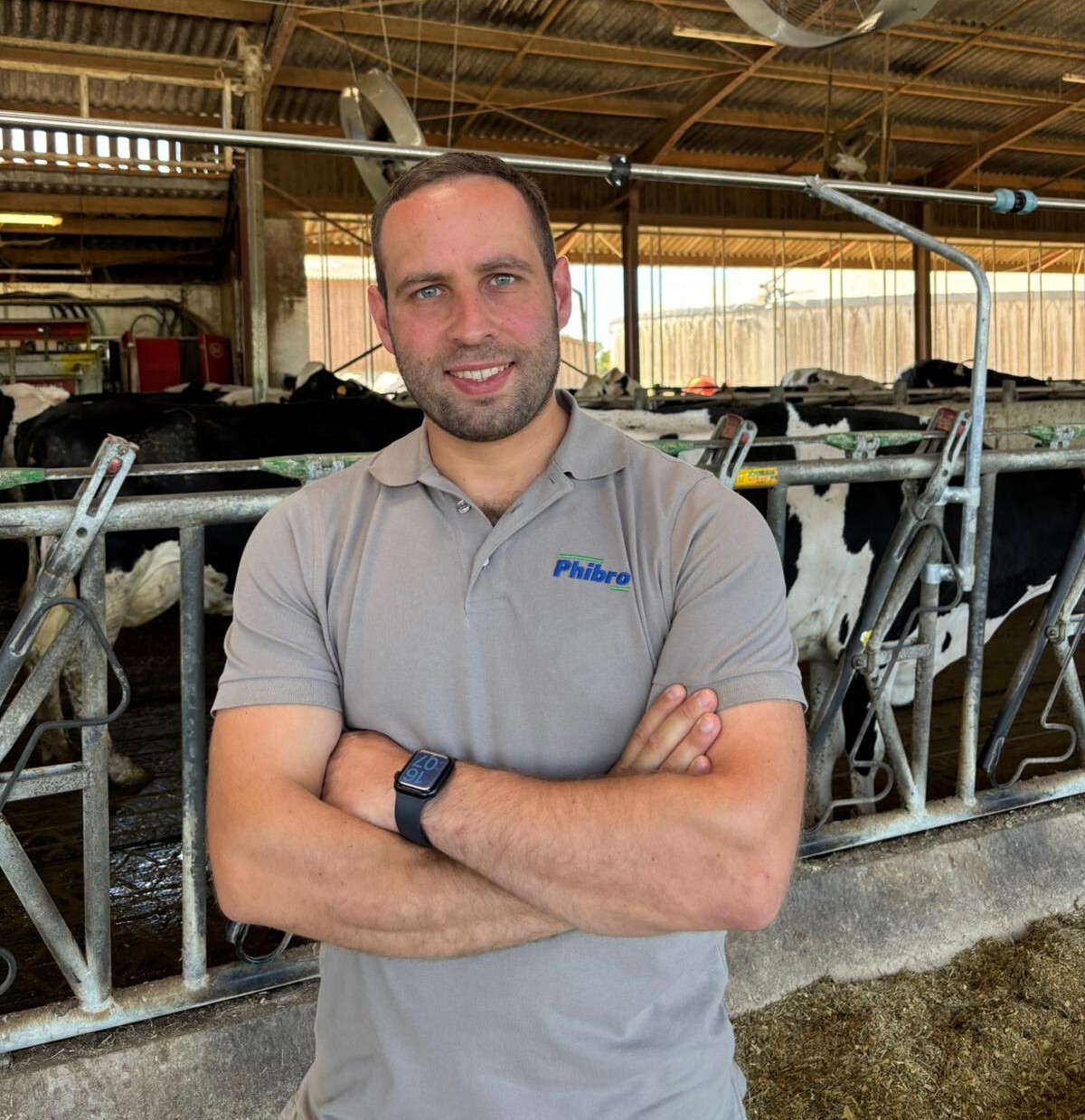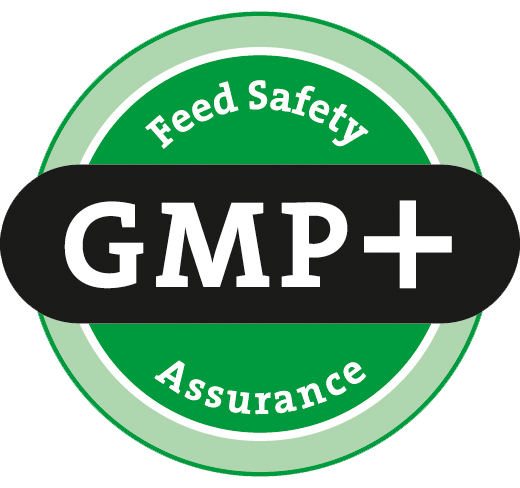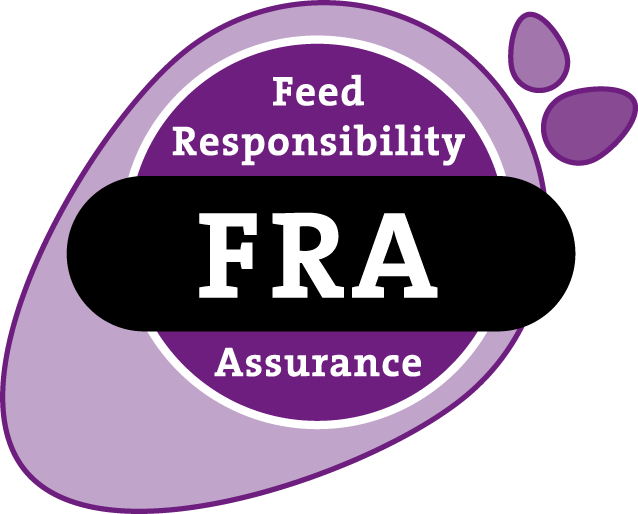How to recognise clinical mastitis
Symptoms mastitis
The most obvious symptoms of clinical mastitis are mild to severe swelling of the udder which will also feel excessively warm to the touch and will be red in appearance. The udder will also cause the cow discomfort when touched. In severe cases, the cow’s body temperature will increase and the milk that she produces will have a water appearance and may contain flakes, clots, pus or blood.
Other symptoms of mastitis can also include reduced milk yield, lack of appetite, sunken eyes, a reduction in mobility (due to udder pain or simply feeling unwell) and signs of diarrhea and dehydration.
In severe cases of acute, clinical mastitis the cow may appear very ill indeed. In contrast, subclinical mastitis may not be immediately obvious and can result in few symptoms other than a higher than normal somatic cell count.



